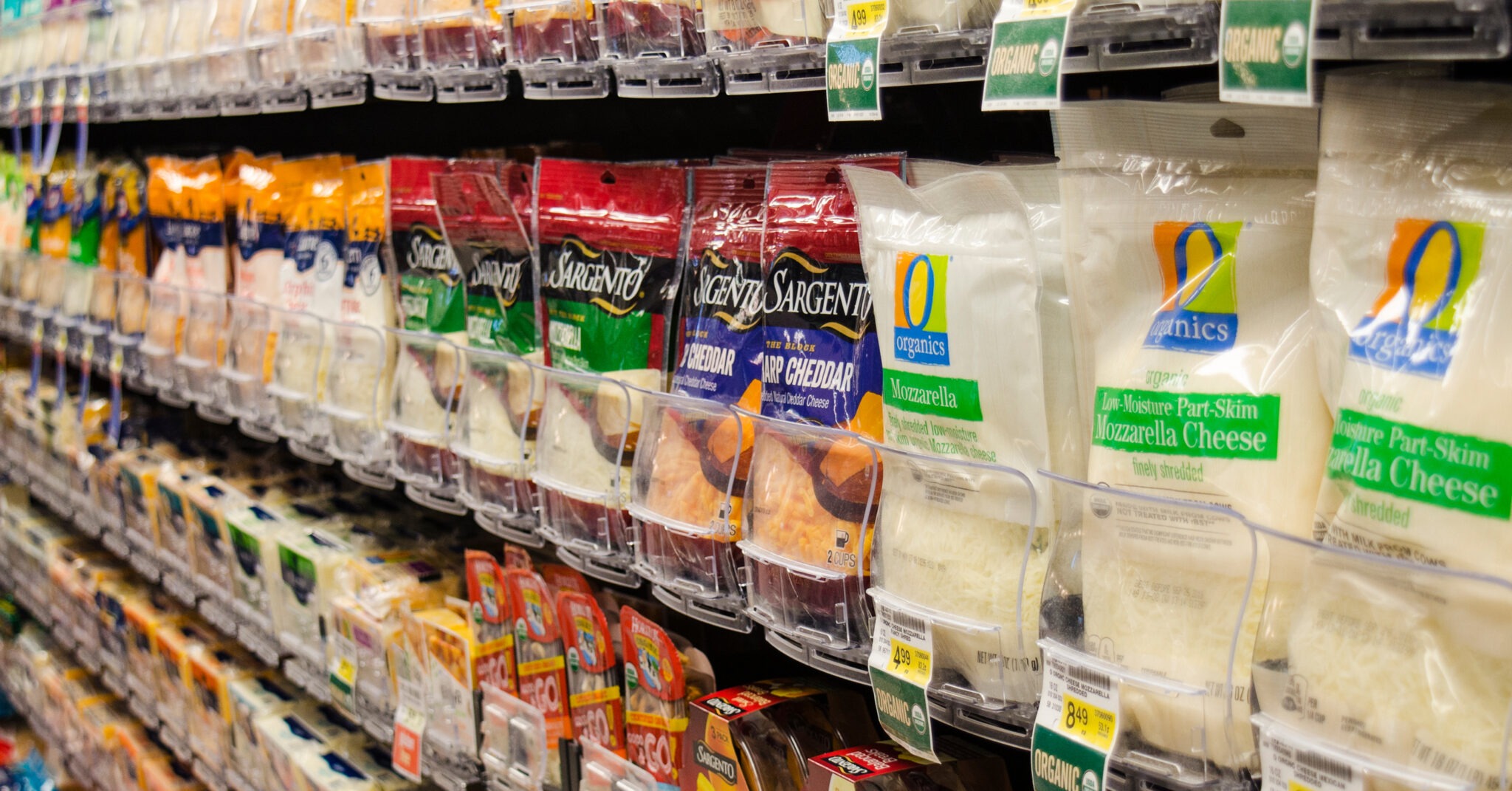The role of the physical store is evolving. As more grocery staples shift online, retailers must offer compelling reasons for customers to visit in person. Experience is the differentiator—tastings, micro-events and immersive touchpoints that deliver value no app can replicate. For both grocery stores and convenience stores, the future growth will come from transforming routine visits into memorable, engaging experiences.
1. Appeal to the senses, including taste
Sampling is one of the most powerful ways to make a store visit unforgettable. Nothing replicates the impact of trying a product firsthand—especially in fresh departments where flavor drives purchase decisions. Research shows just how powerful this can be.
In one study, stores saw a 475% sales lift on the day of the demo, and the momentum carried forward. Over the following 20 weeks, households exposed to demos continued buying, creating a lasting lift not only for the sampled item but for its parent brand as well. This lasting impact is why grocers are doubling down on tasting calendars, flavor drops and meet-the-maker events that encourage trial and repeat visits.
Convenience stores are discovering this pattern as well. Data showed 7-Eleven’s Free Slurpee Day boosted foot traffic by 127% compared to average daily visits in 2024. That surge demonstrates the pull of micro-events to bring people into physical stores. For c-stores competing for quick trips, even modest activations—like seasonal beverage tastings or breakfast-rush coffee samplings—can tip the balance between an in-store visit and a pay-at-the-pump drive-off.
2. Add Immersive touchpoints
Experience doesn’t stop at the sampling table. In-store media is proving to be just as critical. A 2024 meta-analysis of 16 studies found that digital screens within grocery stores, such as grocery TV placements, generated an average 14% incremental sales lift across categories, with produce seeing gains closer to 18%. Strategically placing these touchpoints near demo zones or high-traffic aisles ensures shoppers encounter the message multiple times, amplifying engagement and conversion.
3. Build experiences that scale
The path forward is not about one-off stunts but rather a consistent cadence of small, high-impact events. A weekly tasting schedule in fresh departments, quick demos in c-store coffee bars, or cross-merchandised displays with QR codes for recipes all serve the same purpose: create energy in the aisles, showcase new products and strengthen the store’s role as a destination. Done right, these activations also provide valuable feedback, giving retailers insight into shopper preferences in real time.
Merchandising systems can also make micro-events more manageable. Tools like Retail Space Solutions’ SpaceGrid® II increase pack-out and keep fast-moving products stocked during event surges in dairy, frozen and produce departments. This innovative merchandising system is fast and efficient to restock, minimizing labor while maximizing shopper engagement.
Experience-led growth transforms grocery shopping
As digital shopping expands, grocery and convenience retailers need more than competitive pricing to win. Experiential retail—anchored in flavors, demos, and immersive elements—offers a proven path to higher traffic, fuller baskets and stronger loyalty. For operators, the challenge is no longer proving the ROI of experience. The challenge is operational: putting systems in place to deliver those experiences consistently, week after week.
